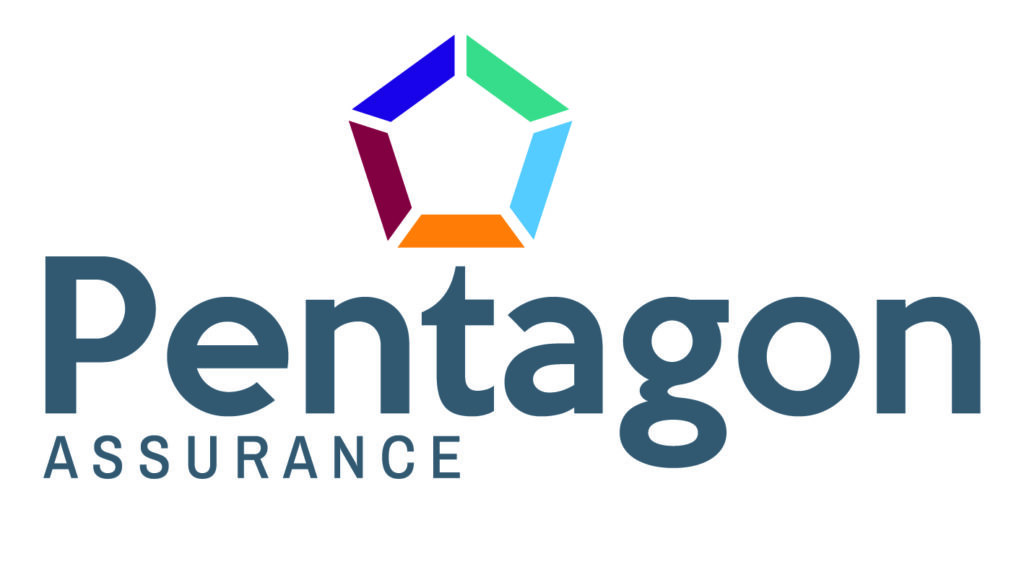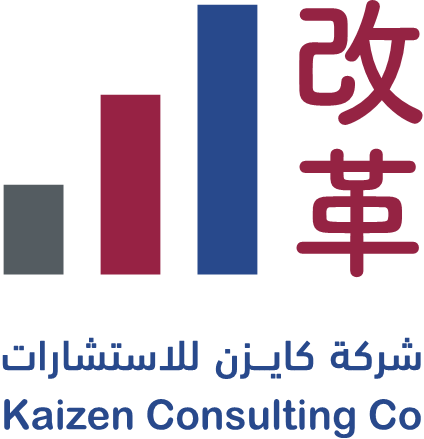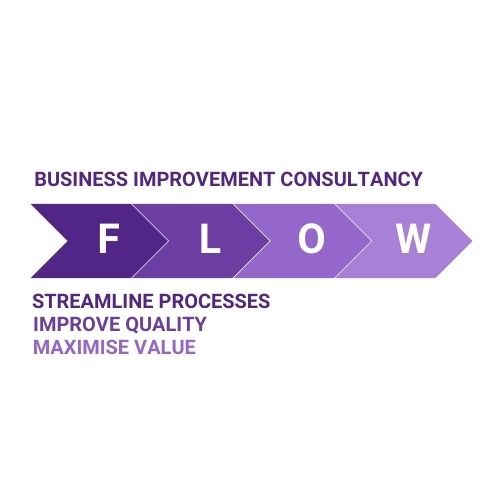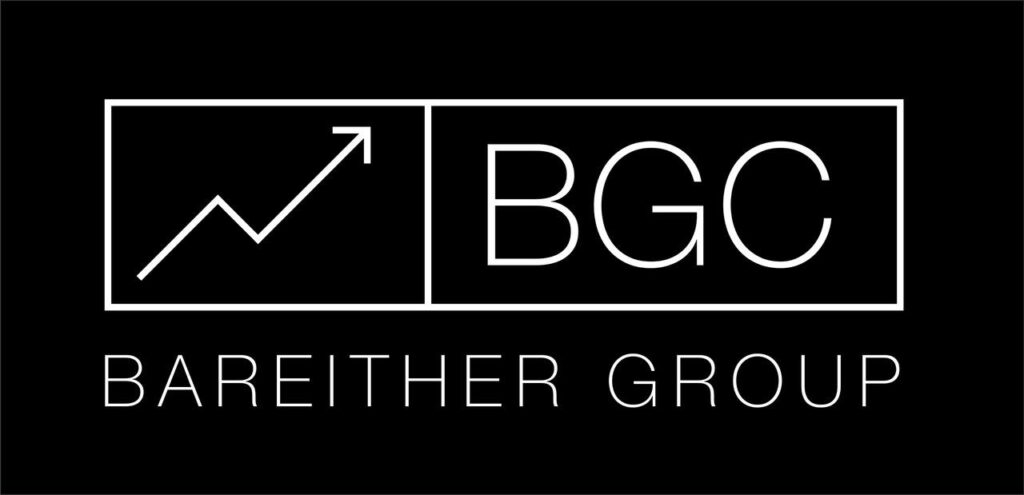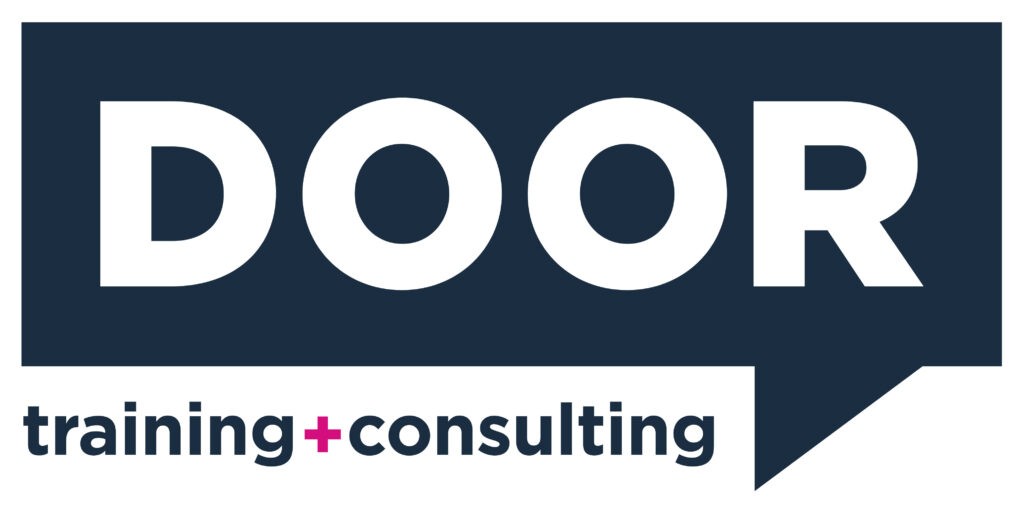Lean Six Sigma: Beyond the 5-Whys, Fishbone-Diagram, and 6Ms Approach
Many professionals are familiar with the 5-Whys, Fishbone-Diagram, and 6Ms approach when it comes to problem-solving. These tools are effective for identifying surface-level causes of issues. However, they often fall short when it comes to uncovering deeper, systemic problems. This is where the Lean Six Sigma approach comes into play.
The Iceberg Model and Root Cause Analysis

Photo Credit: John Dennis and Machiel Tesser
The Iceberg Model suggests that the most significant causes of problems are not immediately visible – they are hidden beneath the surface, at the Organisational and Belief System levels. Just as an iceberg’s bulk lies beneath the water’s surface, the most impactful factors contributing to a problem often lie beneath the immediately apparent symptoms.
Causal Layered Analysis (CLA) and Lean Six Sigma
Causal Layered Analysis (CLA) is a framework that was conceived in the early 1990s by Dr. Sohail Inayatullah. It encourages us to look beyond the surface level of problems and explore the underlying layers. The Lean Six Sigma approach can be applied to this framework to delve deeper into the root causes of issues.
John Dennis and Machiel Tesser have further evolved this approach in their work on Lean Blockchain, which focuses on reinventing value flows. Their work demonstrates how Lean Six Sigma principles can be applied to complex systems to identify inefficiencies and improve performance.
Lean Six Sigma: A Managerial Approach
Lean Six Sigma is a managerial approach that combines the strengths of Lean and Six Sigma methodologies. It’s all about eliminating waste and defects in organisational processes. Waste refers to anything that resources are spent on that doesn’t create value for the customer. Defects refer to errors or faults that prevent a process from being carried out correctly. By applying Lean Six Sigma principles, organisations can boost their performance by streamlining processes, reducing waste, and improving quality. This approach is not just about fixing problems – it’s about enhancing overall business performance and delivering greater value to customers.
In conclusion, the Lean Six Sigma approach offers a powerful tool for organisations looking to improve their processes and performance. By applying this approach to frameworks like CLA, professionals can uncover deeper, systemic issues and develop more effective solutions. Whether you’re a seasoned Lean Six Sigma practitioner or new to the field, exploring these deeper levels of root causes can provide valuable insights and lead to significant improvements.




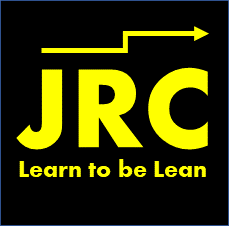





















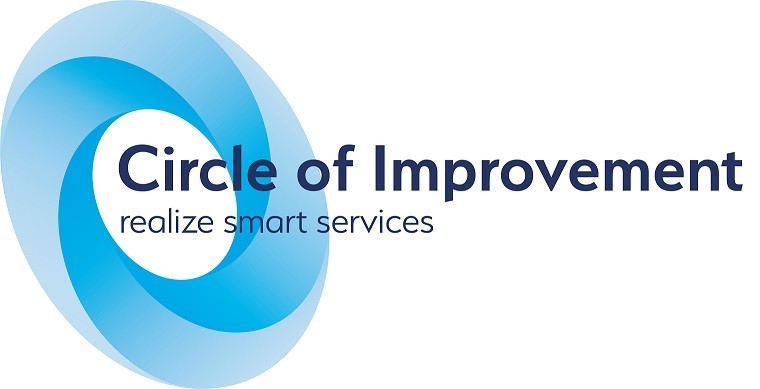












![UCOURSE.ORG [UCOURSE Academy] was established in Hong Kong in 2019 (company name: UCOURSE LTD), dedicated to providing high-quality online courses and courses for Chinese people in China, Hong Kong, and even all over the world. UCOURSE.ORG 【优思学院】于2019年成立于香港(公司名称:优思学院有限公司 / UCOURSE LTD),致力于为中国、香港、以至身处于全球各地的中国人提供优质的线上课程和考试认证,促进全国的人材培育、个人的职业发展,让学员在事业上事半功倍,同时助力国家的未来的急促发展。](https://ilssi.org/wp-content/uploads/2021/02/ucourse-logo-250.png)

















